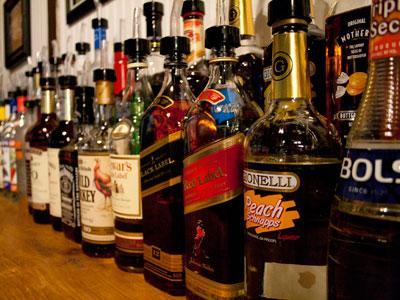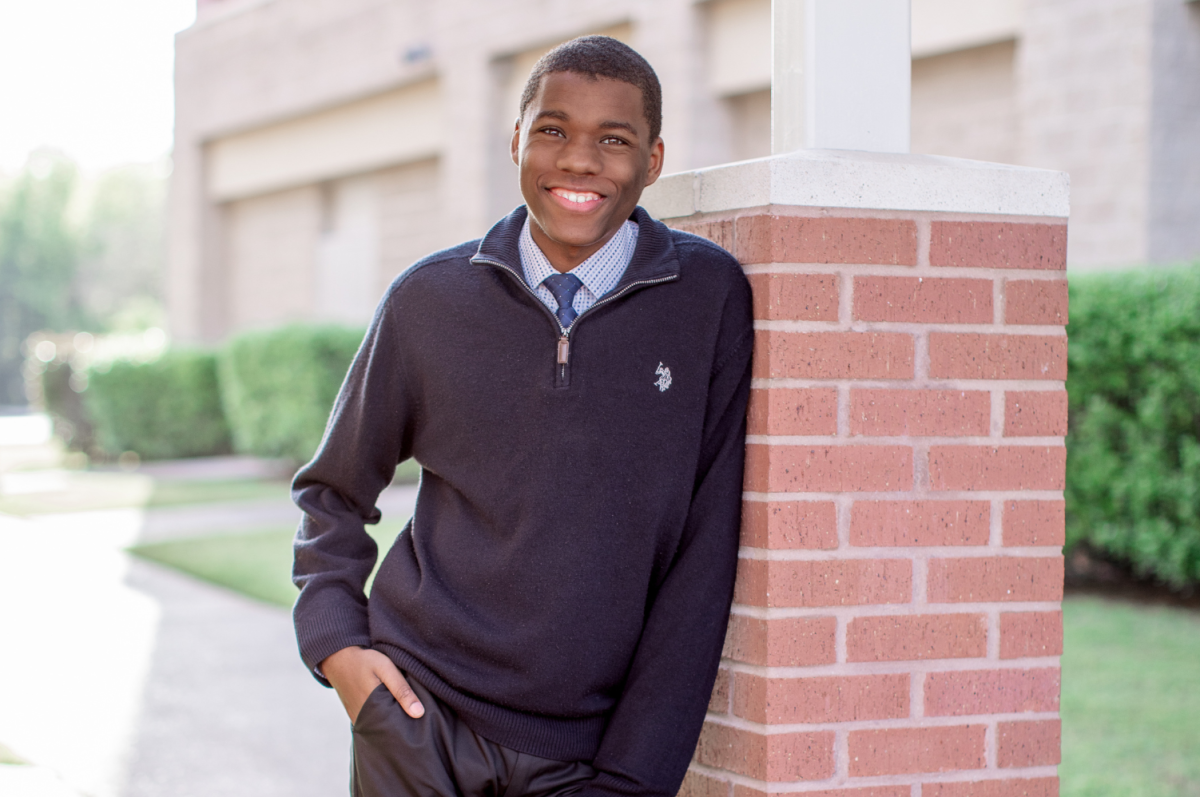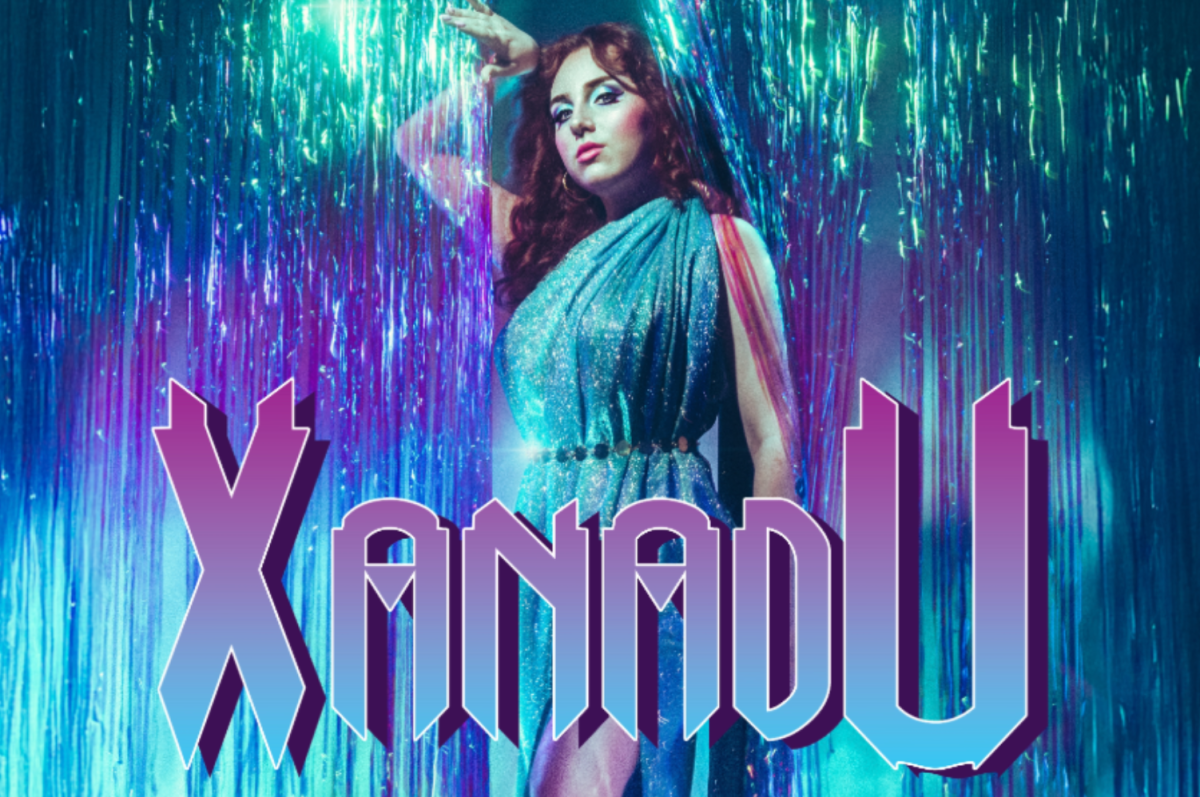Alcohol sales were on the rocks in 2009, according to research recently released by the Distilled Spirits Council.Bar-goers have been keeping close tabs on their alcohol funds, and last year saw the smallest increase in alcohol sales since 2001, with the amount of liquor suppliers sold up only 1.4 percent, according to a 2010 study.Alcohol distributors reported an increase in the volume of cheaper liquor brands sold despite sales producing measly surpluses. The lowest-priced segment of alcohol brands grew the fastest, rising 5.5 percent, while the most expensive brands suffered the most, dropping 5.1 percent.And in the midst of a harsh economy, bars and students are adapting their spending habits related to partying routines. Aaron Saunier, owner of Bogie’s Bar on East Boyd Drive, said students are not going out to bars as often as they once did.”Kids don’t go out as much earlier in the week like they used to,” Saunier said. “Now, students mostly only go out on Fridays and Saturdays.” And drinkers trying to have a good time are likely mixing drinks at home rather than spending money at pricey bars, according to the DSC.Alcohol sales in stores rose 2.1 percent, according to the study. “More people are staying at home to drink,” said Ian Clark, manager and bartender at Reggie’s. “It’s cheaper to buy alcohol at a store than at a bar.” Students’ spending habits may have changed, but the economy has not led to a discrepancy between Reggie’s sales of cheap alcohol and top-shelf brand names, Clark said. “Distribution of alcohol hasn’t changed any,” Clark said. “We express that the drinks we serve aren’t top-shelf brands, and that’s the way it’s always been.”Bars’ liquor options haven’t been affected by economic conditions, but several University students said financial factors directly relate to their drinking habits. Kenn Barnes, political science junior, said his drink choices depend on his bank account.”It depends on what day of the week it is,” Barnes said. “If it’s payday, give me the Patron.” But students agree drinking more at home, or “pregaming,” is effective in avoiding bar tabs. Alcohol sales in stores comprise three-quarters of liquor sales, according to the DSC.”You can buy a fifth of whiskey for $15 at the store,” said Josh Allison, biology freshman. “You can’t even buy three beers for that price at a bar.” Saunier said Bogie’s tries to reflect student-spending trends when planning its drink specials. “People look for name brands on special,” Saunier said. “We have $4 Absolut mixed drinks.” Crowds will generally only order specific brands of liquor at certain times of the night, he said.”The kids who come in early and fill the bar from 9 to 10 are more likely to ask for certain brands,” Saunier said. “Later in the night, not so much.”Ashley Erkel, geology freshman, said she usually asks for premium brands when ordering mixed drinks.”If I’m able to, I will ask for a better brand,” Erkel said. “But as the night goes on, it usually tends not to matter anymore.” Saunier said the primary reason students aren’t frequenting bars as much is more a result of academics than economics. “Academics have gotten a lot tighter over the past few years,” Saunier said. “TOPS is more strict, and students have to work more to graduate in four years.”One way bars are trying to bring about a spike in liquor sales is offering free drink specials.Fred’s Bar, JL’s Place, Shady’s and Reggie’s are among the local bars offering weekly free drink nights. “[Free drinks] are more to get an early crowd who will stick around for the rest of the night,” said Bowdoin Atchinson, Reggie’s general manager. “A lot of people tend to go to restaurants before going to the bar.” —-Contact Matt Jacobs at [email protected]
Cheaper liquors see rise in sales in tough economy
March 4, 2010





